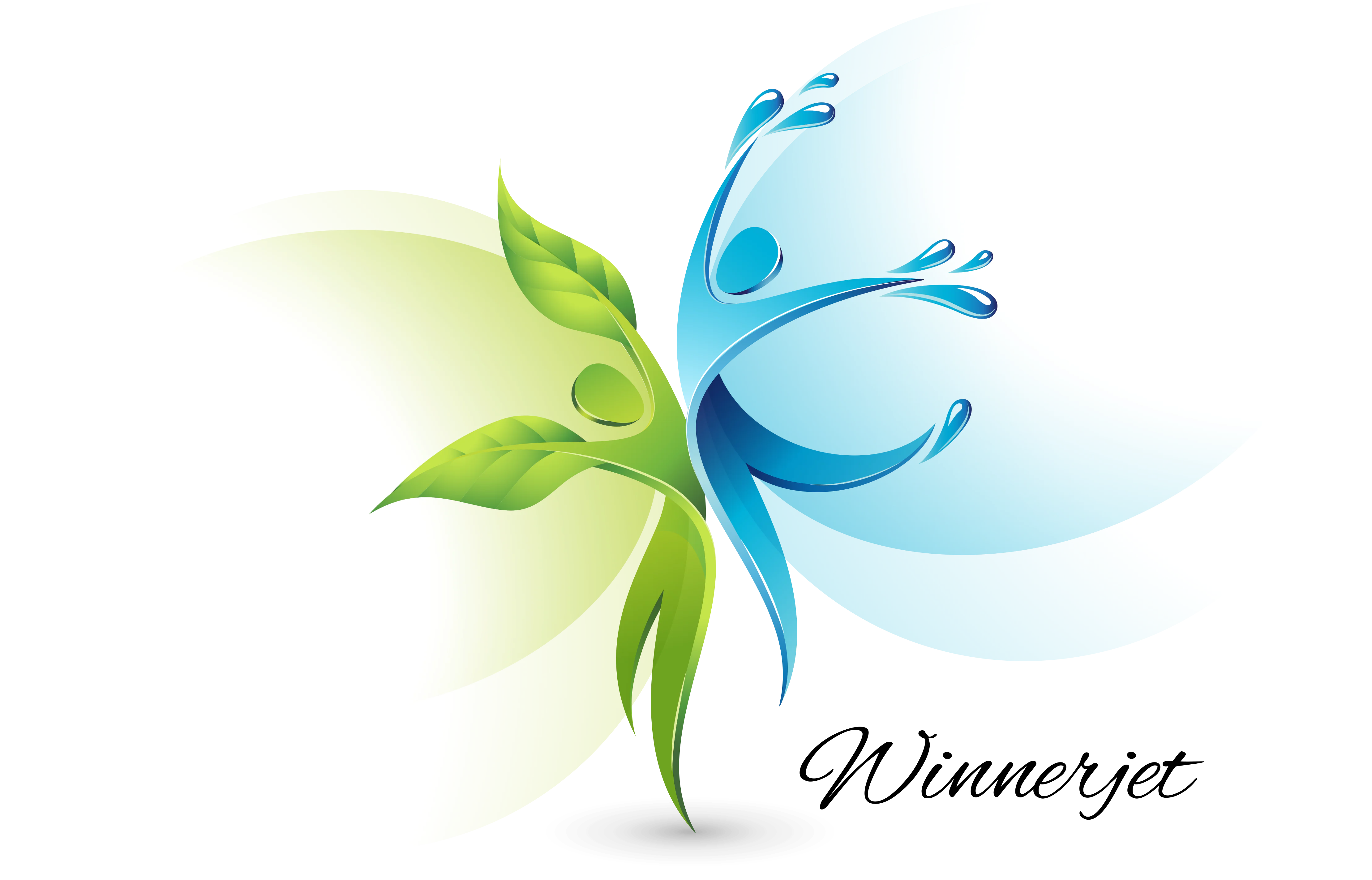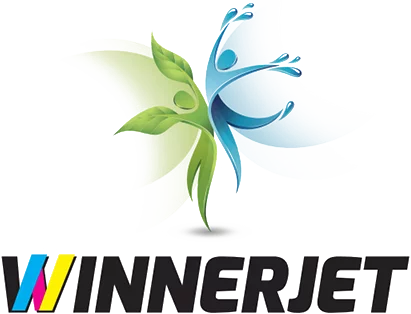With the development of printing technology, UV DTF Printer are favored by custom printing companies due to their printing flexibility, efficiency, and profitability.
In this article, we will understand the UV DTF printing machine from the working steps, applications, advantages, and disadvantages of several aspects. Follow us as we explore.
What is a UV DTF printer?
Mainly used for UV DTF printing, unlike UV flatbed printers, it uses a combination of UV curing and direct-to-film technology to print designs on hard materials.
How does the UV DTF Printer work?

UV DTF printing requires a special UV DTF Ink and UV DTF AB Film in addition to the printer to work.
- Prepare design: Create the design within the design software, Adjust it to high pixel mode, and Save it in a format compatible with UV DTF printers.
- Print setup: Install and calibrate the transfer film, Refill the ink, Commission the printer, and Set the printer parameters to the appropriate values.
- Printing design: Print the design onto the A-film using UV DTF curing. The ink is cured instantly through the UV device, and durable transferable parts are obtained.
- Laminated: After finishing the printing, use the laminator to paste Film A onto Film B to make transfer stickers. Film A is on the back side of the design, and Film B is on the front side.
- Transfer Design: Cut out the printed pattern using the cutting tool and peel off the A-film to expose the adhesive side of the pattern; adhere to the pattern of the substrate surface, ensuring proper alignment. Press the pattern with your finger or a squeegee to release excess air. Peel off film B to complete the pattern transfer.
Applications of UV DTF Printer

UV DTF printers can be used on various hard materials, such as ceramics, glass, metal, wood, crystal, acrylic, PV board, plastic, leather, and other hard substrates; the specific scope of business is as follows.
- Customized packaging: all kinds of packaging, such as tea boxes, cosmetic boxes, mobile phone boxes, gift boxes, etc.
- Customized catering utensils: mugs, glasses, dinner plates, cutlery, etc.
- Personalized products: customized patterns for badges, keychains, hangtags, watches, and other products.
- Digital products: mobile phone cases, keyboard stickers, mouse stickers, tablet stickers, computer stickers, etc.
- Home decoration: glass doors, ceramic vases, wallpaper stickers, metal decorations, etc.
- Vehicle supplies: window stickers, helmet patterns, car coats, etc.
Advantages Of UV DTF Printer
- High print quality: Printed images are colorful, vivid, and resistant to abrasion, scratching, and fading.
- High working efficiency: adopts UV instant curing ink, which greatly improves productivity.
- Strong sense of three-dimensionality: the printed pattern is highly reproducible, presenting a 3D three-dimensional sense and good gloss.
- Easy to operate: user interface friendly, novice can practice several times to master printing.
- High flexibility: can print a variety of designs, can be transferred on a variety of materials, applicable to almost all hard materials and irregular surfaces. For example, glass, metal, ceramics, wood, plastic, and so on.
- Environmentally friendly: Compared with traditional printing, it consumes less material, emits less, and is more environmentally friendly.
Disadvantages Of UV DTF Printer
- High cost: Compare other printing, UV DTF printing printers, ink, transfer film, the upfront cost is higher, the capital pressure is higher.
- Size limitations: Some UV DTF printers have limited print sizes and may not be able to accommodate some large projects.
Conclusion
Across the board, it seems that despite some of the challenges of investing in UV DTF printers upfront, the powerful features and high-quality prints are making them more and more popular. There is a huge market for the personalization industry, so for more information and a quote on UV DTF printers, get in touch with the Winnerjet team today!
FAQS
What is the difference between UV DTF printing and DTF printing?
UV DTF is mainly used to print on hard surface materials.DTF printing is mainly used to print on textiles.
Can UV DTF transfer be used on garments?
No, UV DTF transfer is mainly used for hard surface materials.
How long does UV DTF transfer last?
With proper care and washing, the color of the pattern will not normally fade.
What maintenance is required for UV DTF printers?
Regular maintenance, cleaning the print head, checking the ink level, calibrating the print settings, and keeping the printing environment clean and free from contamination.
Can I store printed UV DTF stickers?
Yes, you can store the printed UV DTF stickers in a cool place and transfer them directly next time.


